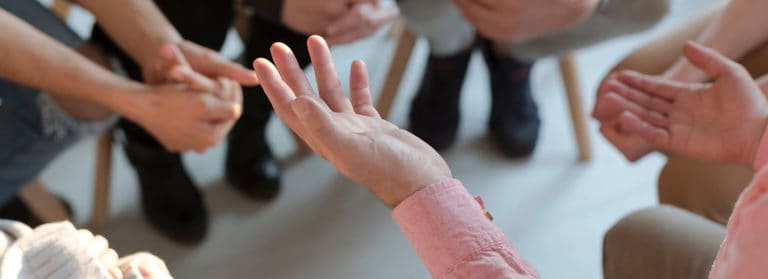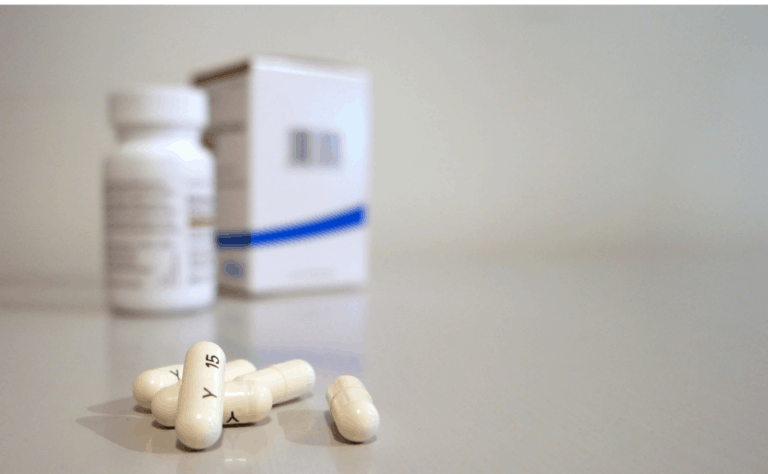Opioids are powerful drugs. Whether an individual uses prescription opioids like morphine or oxycodone or illegal drugs like heroin, it can lead to an overdose. If someone you know is overdosing, you need to know the signs so you can seek help. Opioid overdose can be fatal if the user doesn’t get the appropriate intervention and prompt medical treatment. In this article, we’ll point out some of the things you should look out for and what you should do in those initial critical moments.
Why Opioid Overdose Occurs
Prescription opioids have legitimate medical uses, but many people use them solely to achieve a high. When opioids are used in a non-medical way, they can be especially dangerous. Anyone who uses opioids can experience an overdose. However, certain factors make overdose more likely including:
- Being over 65 years old
- Having sleep apnea or reduced liver or kidney function
- Taking high doses of prescription drugs daily
- Taking more opioids than prescribed
- Combining opioids with other drugs
- Using illegally-made fentanyl or illegal opioids like heroin that may contain unknown substances
- Taking opioids via alternative methods rather than the way they were intended
Oxycodone and hydrocodone are often involved in fatal opioid overdoses. This is largely because they are prescribed frequently by doctors. However, illegal fentanyl and fentanyl analogs are increasingly being seen in deadly overdoses. The reason for this is relatively simple. People who are addicted to a prescription opioid often develop a tolerance to the drug.
This means they need to take more and more of it to achieve the high they experienced the first time. Highly dependent people may also need higher doses simply to feel a sense of normalcy. In such a case, it’s easy to take too much and overdose. Some overdoses are also purely accidental. The individual may forget that they already took their medication, or they may misread the instructions of the bottle. No matter how overdose occurs or which drug is involved, it is important that it’s discovered quickly and addressed.
Recognizing Opioid Overdose
It can actually be difficult to tell if an opioid user is overdosing or just really high. If you’re unsure, err on the side of caution and treat it as an overdose. Call 911 or otherwise seek medical attention since this could save the individual’s life. Be sure not to leave the person alone.
Signs of opioid overdose include:
- Loss of consciousness or falling asleep
- A limp body
- Small, constricted pupils
- Shallow, slow breathing
- Gurgling or choking sounds
- Bluish purple skin in lighter-skinned people or gray or ashen skin in darker people
- Cold skin
Sometimes, an individual who is overdosing may seem like they’re sleeping and snoring. However, if you have reason to suspect something is wrong, you should try to wake them. If you don’t, this could be detrimental. People don’t typically die from an overdose right away; the process can take from a few minutes to a few hours. Those who survive usually do so because someone was there to help them.
Steps to Take in Response to Overdose
After you call 911, you should administer naloxone if you have it. Otherwise, try to keep the person awake and put them to lie on their side so they won’t choke. Stay with them until the ambulance arrives. Even if they don’t seem severely ill, you need to keep in mind that opioid overdoses can worsen quickly. Also, a conscious individual may wander off and get hurt while an unconscious person may stop breathing.
Once a medical professional sees the individual, they will choose from a variety of treatment options to help save their life. These include:
- Intubation or another type of airway management
- Administration of activated charcoal to reduce further absorption of the drugs
- Stomach pumping along with charcoal administration
- Treatment for cardiac arrest if the individual shows signs of heart problems
- Administration of intravenous fluids to provide hydration and correct low blood sugar or electrolyte levels caused by vomiting or not drinking enough
- Administration of Naloxone
- Administration of Acetylcysteine if there’s potential for acetaminophen toxicity
While treating an overdose can save an opioid user’s life, it won’t treat dependence or addiction. This needs to be addressed separately.
Contact Asheville Recovery Center to Learn About Our Treatment Options
Recovery from opioid addiction is possible. However, it is not uncommon for individuals to overdose more than once during their journey. Whether you want to help a loved one who is struggling with addiction or you’re dealing with your own problems, contact our opioid treatment professionals today. We offer a range of options to help addicts get back on their feet.






